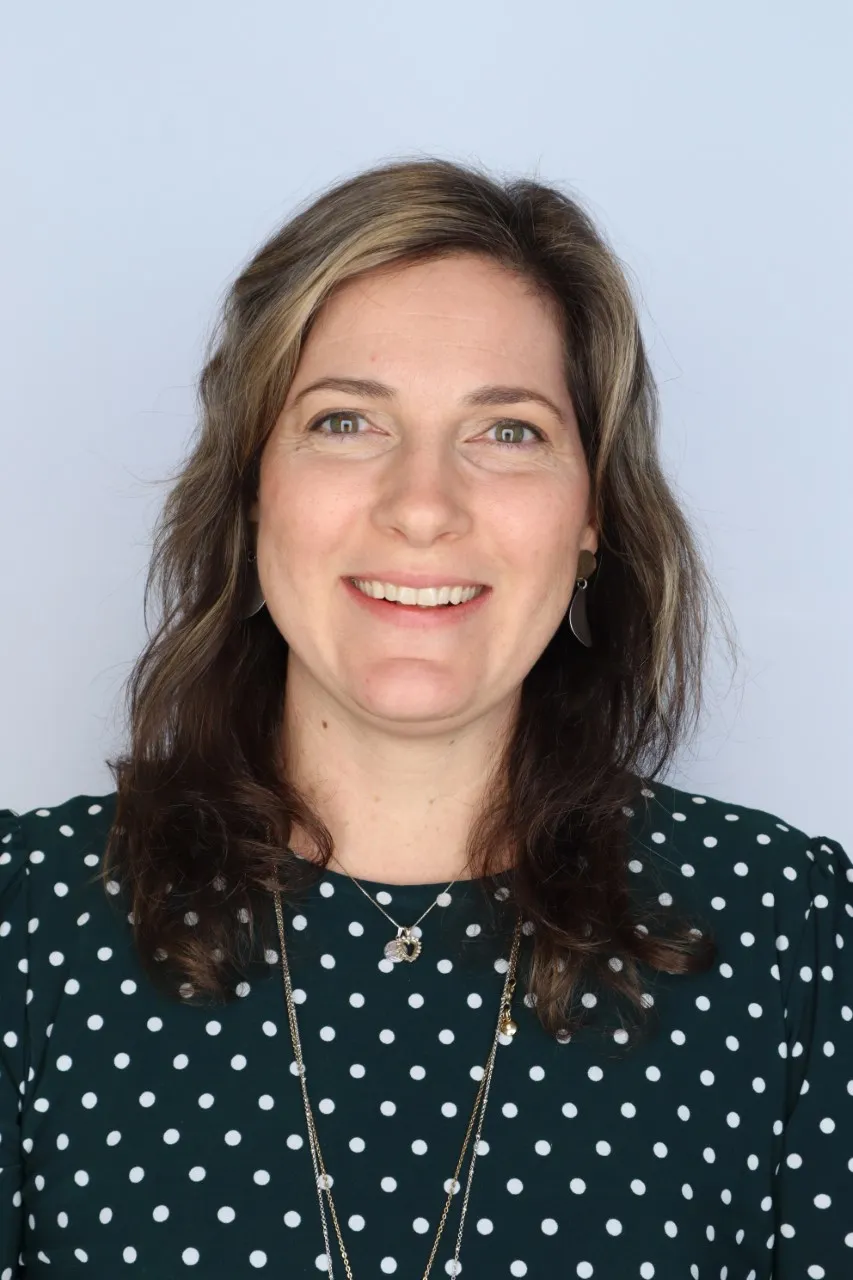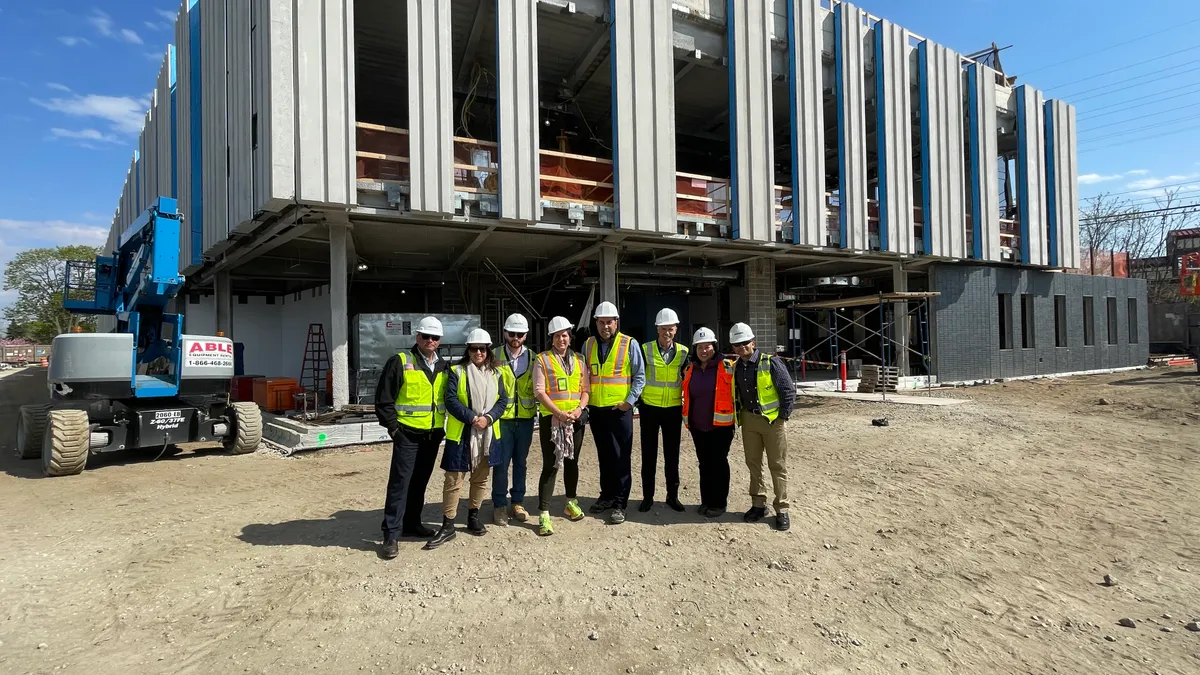This article is one in a series of conversations with women leaders in the construction industry. Click here for past discussions.
Chrissy Thom leads Jacobs’ Americas East region, but she started her career as an environmental scientist focused on how restored ecosystems can build resilience in coastal communities.
This background served her well as she transitioned into engineering and construction. She has worked for CH2M and the Army Corps of Engineers, building her career by leading all phases of interdisciplinary water resource infrastructure projects.
In her current role as senior vice president and general manager for the Dallas-based contractor, she leverages her scientific training to help her champion an integrated approach to projects much like the complex interactions and patterns of an ecosystem, she said.
Here, Thom talks with Construction Dive about her favorite projects, the importance of technology and encouraging under-represented groups to work in construction.
This interview has been edited for brevity and clarity.
CONSTRUCTION DIVE: What do you do in your current job?
Chrissy Thom: I am based in Washington, D.C., and lead Jacobs’ Americas East Region, leading 5,300 industry professionals on infrastructure projects in the Northeast, Midwest and mid-Atlantic as well as Canada for a range of clients. Our project delivery portfolio is broad and diverse with strategic planning and design tasks all the way through to large-scale construction, management and operations.
What are a few of the projects you’ve most enjoyed working on and why?

In my career, I’ve worked on projects in 100-plus locations and I’ve enjoyed the diversity and challenge of each one.
I’ve also been inspired by the chance to take our practical experience with clients and apply that to Jacobs’ business strategy and how we innovate to stay ahead of a changing world. At the start of the COVID-19 pandemic, we needed to ramp up quickly for our clients’ changing priorities.
I led our strategy to develop new solutions, including design automation, advanced AI products, digital twins, new commercial models, science-based scenario and contact modeling, construction and site work management applications, repurposing and response frameworks, as well as resilience, decarbonization and climate response solutions. Taking on this challenge against the very uncertain backdrop of the COVID-19 pandemic was daunting but rewarding.
Another highlight for me was working with the Sewerage and Water Board of New Orleans to develop a resilient energy and stormwater drainage network. The objective of the long-term program was to develop an energy transition plan that delivers service continuity, critical failure risks, multiple societal and sustainability objectives and protects public safety during hurricanes and other disasters.
How can construction pros like yourself help encourage under-represented groups to consider construction careers?
I have benefitted from some really good role models throughout my career and I recognize I have a valuable contribution to make as a woman in a male-dominated industry. This is why I am so committed to STEM and community outreach and mentoring talent across a diverse set of backgrounds and experiences, particularly those from under-considered and under-represented backgrounds, to achieve the most innovative outcomes.
We can foster dynamic collaboration and innovation by embracing different backgrounds and perspectives and empowering colleagues at all levels to bring the best of their skillsets to the table. It’s about setting the right conditions for an agile culture, adopting an open mindset and being willing to accept new ways of working.
What advice would you give to young women considering construction as a career?
My advice is to be open minded and see beyond the stereotypes. There are so many diverse opportunities in construction and ways to develop a career, it’s not just sledgehammers and big yellow equipment.
There are also many disciplines and skills that are applicable to construction, expanding entry routes to the industry. Leveraging these different skills can create a purpose-driven career in an exciting industry.
My career path has not been linear, I’ve made many stops, starts and pivots along the way to get where I am today, and I expect that to continue throughout my career. I tell young women to remain open to new opportunities and constantly expand your skillset to keep pace with this rapidly evolving sector.






















